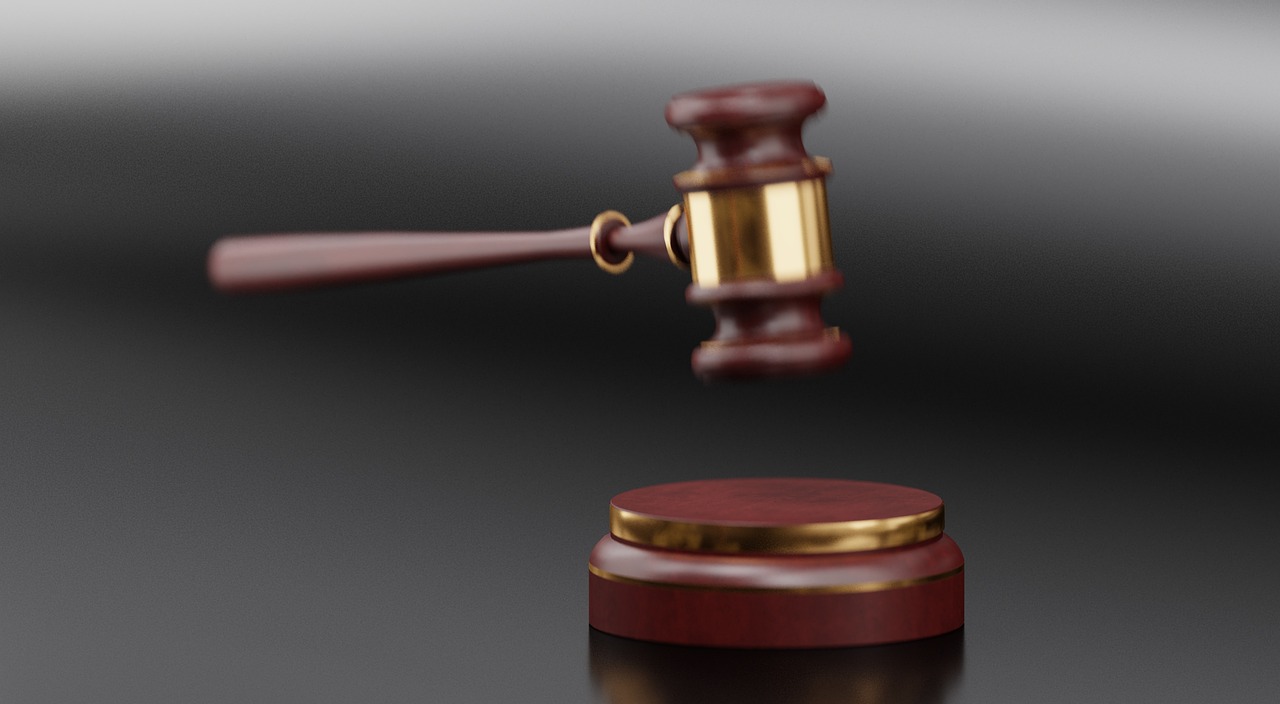
Trump and Fed Chair Powell Controversy
The potential conflict between President Donald Trump and Federal Reserve Chair Jerome Powell stands to have significant legal, economic, and market ramifications. Should Trump attempt to fire Powell, it would likely lead to a protracted courtroom battle, possibly culminating in a Supreme Court decision. Legal experts suggest that Powell would probably sue if Trump attempted dismissal, as the Fed’s structure provides a level of protection against arbitrary political maneuvers.
Legal Authority to Fire Powell
There is substantial legal ambiguity surrounding whether Trump has the authority to remove Powell. According to legal assessments, he would need to demonstrate “cause” for such an action. The term “cause” is not clearly defined, leading to speculation that Trump could use his criticisms of the Fed’s expansion as a pretext to justify a dismissal. A recent ruling in Trump v. Wilcox acknowledges the Fed’s quasi-governmental status, indicating that its governors enjoy certain protections from politically motivated dismissals.

Powell’s Possible Legal Actions
If Trump were to attempt to fire Powell, the latter’s most probable recourse would be to file a lawsuit, seeking a stay on any dismissal. This legal strategy could prolong the case beyond the expiration of Powell’s term in May
2026. As the situation unfolds in the legal system, it could serve as either a safeguard for Fed independence or further entangle the central bank into the political arena. Experts believe that the Supreme Court would likely side with Powell, given the Fed’s unique structure compared to other independent agencies.
Political Implications for Trump
Even if the chances of successfully firing Powell are slim, doing so could still serve Trump’s political interests. By creating uncertainty, he may position Powell as a scapegoat for any economic downturns ahead of crucial mid-term elections. This tactic would allow Trump to deflect blame for economic issues, portraying Powell as responsible for any financial difficulties stemming from high interest rates or inflation.

Trump’s Pressure for Lower Interest Rates
Trump has consistently advocated for lower interest rates, even going so far as to call Powell one of his worst appointments. His recent statements highlight a growing frustration with the Fed’s monetary policy, which he claims is detrimental to the housing market. This ongoing tension has led to speculation that Trump’s attempts to fire Powell might be more about influencing monetary policy than actual governance.
Impact on Federal Reserve Decisions
The Federal Reserve’s decision-making process is expected to remain data-driven, regardless of Trump’s rhetoric. Historically, political pressures have led to poor monetary policy decisions, as seen in the late 1960s and early 1970s. Any attempt to undermine the Fed’s independence could exacerbate inflation concerns, particularly as Trump pushes for a dramatic rate cut of 3 percentage points. Such a reduction could lead to increased inflation expectations, raising long-term interest rates and adversely affecting economic activity.
Market Reactions and Economic Concerns
Firing Powell could have immediate and lasting effects on financial markets. Analysts warn that such a move could lead to a loss of credibility for the Fed, pushing the Federal Open Market Committee toward a more hawkish stance in response to perceived political interference. A historical precedent suggests that political influence on the Fed can lead to unfavorable economic outcomes, raising concerns about inflation and economic stability.
Conclusion on Trump and Powell’s Future
As tensions mount between Trump and Powell, the implications for the Federal Reserve, financial markets, and the broader economy are profound. The ongoing situation underscores the importance of maintaining the independence of central banks, particularly in politically charged environments. For now, Powell and the Fed are expected to focus on economic data rather than political pressures, but the specter of Trump’s influence looms large as the mid-term elections approach.

